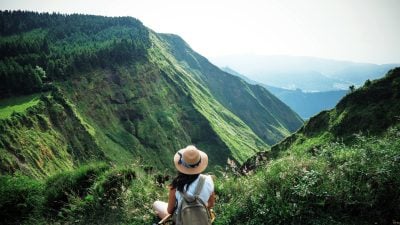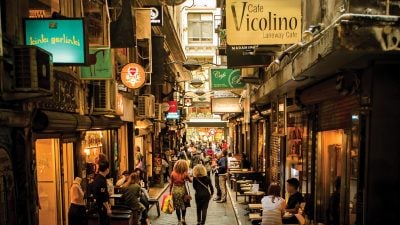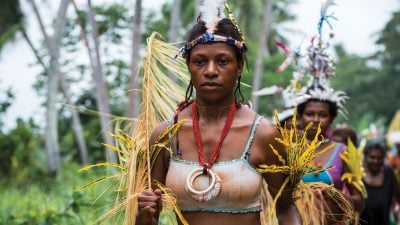Home / UK & Europe / Bucharest, Sofia, and Belgrade…

Bucharest, Sofia, and Belgrade – 3 Emerging Cities to Visit on European Tours
If considering an Eastern Europe vacation, Bucharest, Sofia, and Belgrade are 3 cities which will provide you with rewarding and enjoyable visits.
In the days of the Iron Curtain, Eastern Europe was, to a degree, an undeveloped region for tourism. I did visit Romania, Bulgaria, and the old Yugoslavia just before Soviet control was lifted. I have to admit that I found the three aforementioned cities in these countries fascinating, as well as a little mysterious. There were the staid and dull aspects influenced by the Communist regime but also reflections and reminders of what these cities were like in earlier times. Today, they have caught up with the rest of the world and are a delight to explore. Here’s what you can expect.
Bucharest, Romania
Bucharest, Romania’s capital, is known for its wide tree-lined boulevards and used to be called “Little Paris” between the two World Wars, due to its Belle Epoque architecture. Today, it is a bustling metropolis with a centre which is a mixture of medieval, Neoclassical and Art Nouveau buildings, which give it a unique look. On a European vacation to Romania, you will probably start off on the street called Calea Victoriei, the city’s most famous thoroughfare which runs from the north of the city all the way down to the river in the south. If you want an architectural treat and to learn about the history of Bucharest, walk the complete length of the street which is 3 kilometres/1.8 miles long. It is lined with fine houses (the oldest dates back to 1810), palaces, churches, hotels, upmarket shops, and museums. The northern part is mainly residential, noted for its houses and palaces. The southern part has many shops, restaurants, and cafes. Along the way, you will come across several small parks.
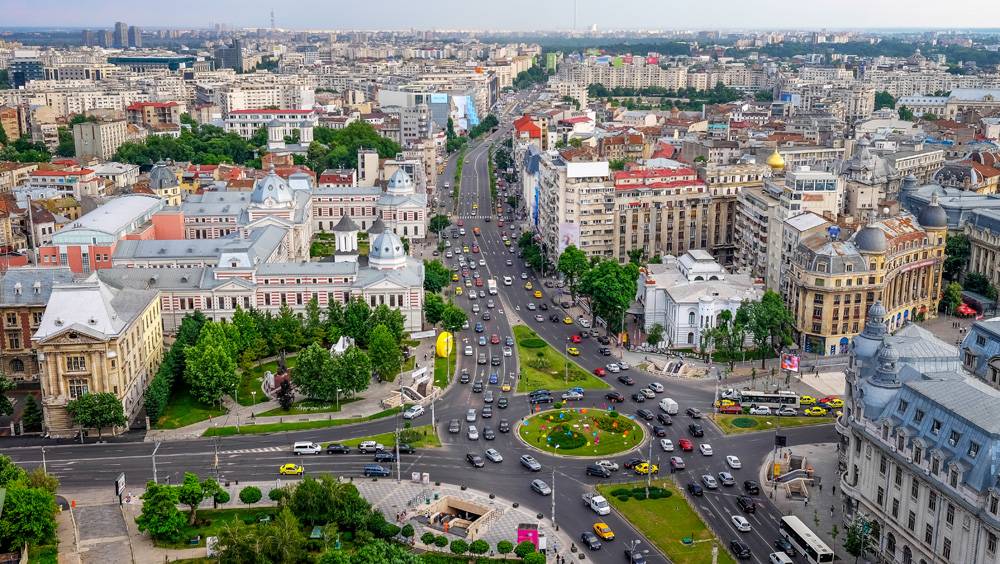
After that, you should head to the city’s historical quarter, the Lipiscani District, which is a jumble of cobblestone streets and former homes of merchants and craftsmen, now home to art galleries, antique stores, and coffee houses. Historical Revolution Square was the scene of the revolt against the regime of Ceausescu in 1989. The imposing Palace of Parliament is the world’s second-largest administrative building after the Pentagon and the former dictator Nicolae Ceausescu’s creation. The building has more than 1000 rooms and 20 floors (8 underground), and entry is usually by guided tour, which should be booked in advance of a Romania vacation. Today, the building houses the country’s parliament and associated offices. The construction of this involved 400 architects. It was named the People’s House because it took 20,000 workers to build it. The interior is extremely lavish with much to see.
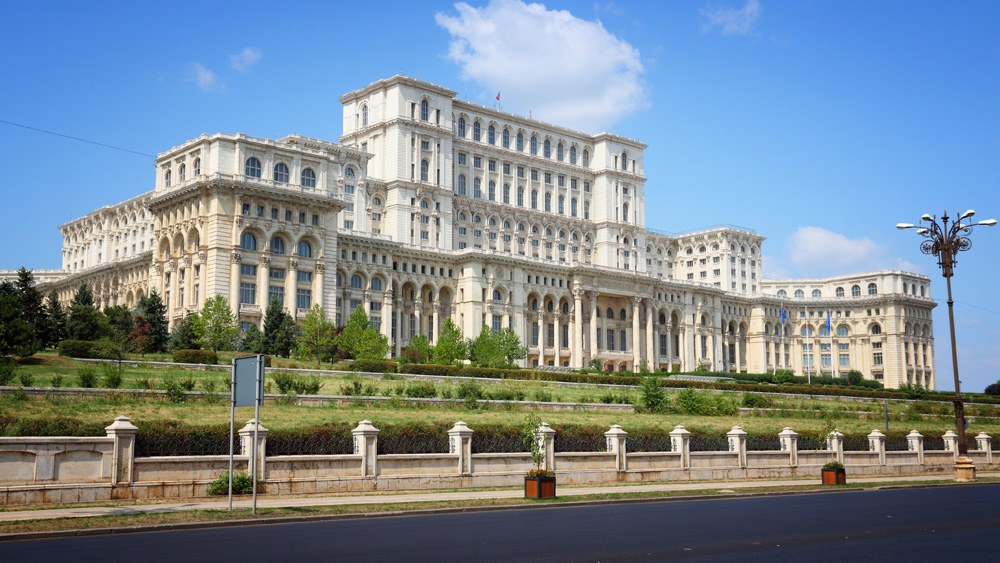
For 25 years, the former residence of Romanian dictator Nicolae Ceausescu was the Spring Palace, which can now be visited on a guided tour. It was built in the 1960s and has 80 rooms. It is elegant outside but the interior supposedly lacks good taste, as it is complete with a movie house and a swimming pool. The decor has been described as “Neoclassical kitsch complete with solid gold toilet roll holders.” The private quarters are furnished in the style of those in the Louvre, Buckingham Palace, and Versailles. A visit will give you an idea of the opulent lifestyle that Ceausescu and his family enjoyed.
Arguably the finest building in the city, the Romanian Athenaeum was designed by a French architect in 1888 and stands in the busiest public square. It is the home of the Romanian Philharmonic Orchestra and the acoustics are renowned. It is a symbol to the locals who see it as an architectural and spiritual landmark. The facade is fronted by 6 enormous columns and the entire building is covered by a monumental dome. The inside of the Athenaeum has a capacity of almost 800 seats and the ceiling is decorated with a fresco consisting of 25 parts, each of them describing a certain significant episode of the history of the Romanian people.

The Cișmigiu Gardens in the centre of the city is an attractive park built around a beautiful lake. Features include old-growth trees and gracious, wrought-iron signposts and benches. It was first opened in 1847 and is an oasis in the middle of a bustling city. You can stroll peacefully through its many winding paths. Bucharest’s Botanical Gardens are covered in more than 10,000 native and exotic species of plants. In the summer, the rose garden is not to be missed.
Bucharest has over 60 museums. The more important ones to visit on a European vacation to Romania include the National Museum of Art of Romania, the National Museum of Contemporary Art, the open-air Village Museum, the Museum of Art Collections, for exquisite Romanian art, and the Storck Museum, containing excellent murals.

Sofia, Bulgaria
One fascinating aspect about Sofia is that there are streets made of yellow bricks. These indicate you are in the wealthiest part of the city where you will find the most beautiful buildings in Sofia. Dorothy from Wizard of Oz would have enjoyed these streets, I’m sure. Prince Ferdinand of Bulgaria, in the late 1800s, wanted the city to be on par with Vienna and Budapest. He was assisted by friends who paved certain roads with yellow cobblestones between his royal residence and the National Assembly. They are now a symbol of the city.
Anyway, they now lead up to the most significant building in Sofia, the imposing and eye-catching Aleksander Nevsky Cathedral, which can’t be missed on your Eastern Europe vacation to Bulgaria. This is a major landmark and one of the most visited and outstanding buildings architecturally. It is a huge imposing church built at the end of the 19th century in memory of 200,000 Russian soldiers who died fighting for Bulgaria’s independence from the Ottoman Empire (1877/78). It is one of the largest Eastern Orthodox cathedrals in the world and can hold up to 10,000 people. It has a gold-plated dome and a bell tower with 12 bells. The interior is decorated with Italian marble, murals, chandeliers, and thrones.

Sofia’s main commercial avenue is Vitosha Boulevard, which is partially pedestrianized and runs from the historic centre to the Southern Park, with most of the action concentrated at the northern end. It is home to high-end designer stores, restaurants, and cafes. It is also home to several of the city’s nicest buildings such as the Sofia Court of Justice and Sveta Nedelya Orthodox Church.
Sofia is a city of churches. Two important ones are the St. Sofia Basilica, built during the 6th century, and the St. George Rotunda, constructed by Emperor Constantine. It is the oldest church in Europe that is still in service. The National Palace of Culture is a sprawling hexagonal building made primarily of glass and concrete and was designed by a Bulgarian architect during communist-era Bulgaria. It is Europe’s largest conference centre and is used for events ranging from art exhibitions to musical concerts. It is home to over 80 monumental works of art including paintings, sculptures, mosaics, murals, woodcarvings, and metal works created by leading Bulgarian artists from the second half of the 20th century. The Sofia International Film Festival takes place here.
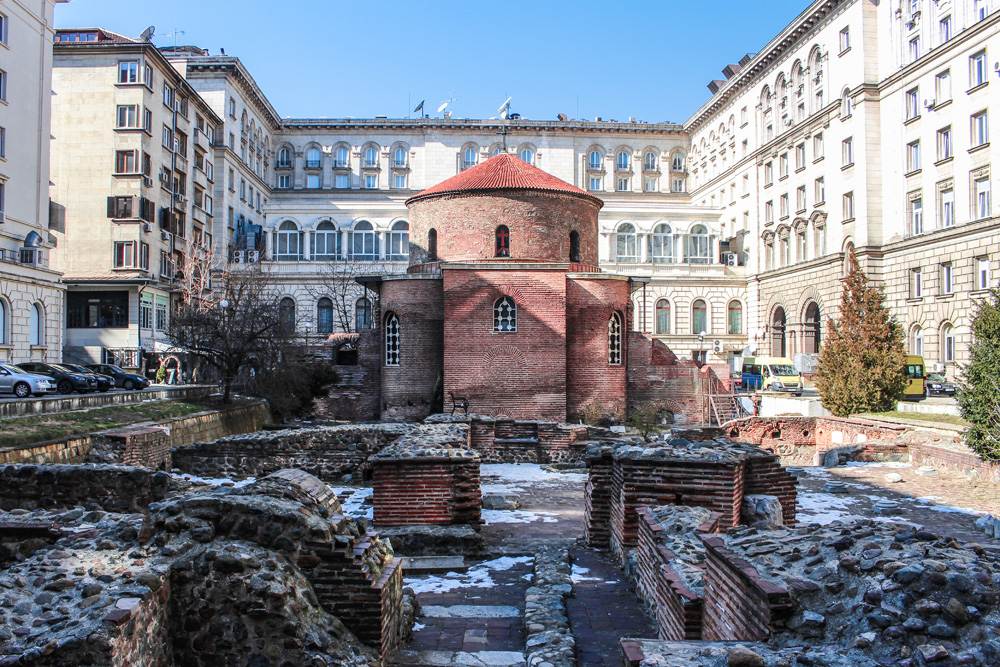
The Museum of Socialist Art is a museum which showcases the artwork created during Bulgaria’s socialist period by notable painters and sculptors of the time. There is an outdoor sculpture park which has a number of sculptures depicting famous leaders, most notably Vladimir Lenin and Joseph Stalin. The Ivan Vazov National Theatre, opened in 1907, is the country’s largest and oldest and is known for its drama productions and Neoclassical architecture. Every major European city has a park. Sofia is no exception. The Borislova Gradina Park brings peace and tranquility to the city centre. The park is divided into three parts. Each section was designed by a different successful and accomplished gardener.
Two other points of interest are the Pod Lipite Tavern and the Bitaka Flea Market. The former is a rustic pub which was the haunt of notable Bulgarian actors and writers. A visit here is like stepping back in time. It has a restaurant which provides hearty home-made Bulgarian dishes. If you are looking for souvenirs, try Bitaka Flea Market which offers merchandise ranging from cameras and watches to clothes and jewellery. It is situated next to the Aleksander Nevsky Cathedral and is open every Saturday and Sunday.
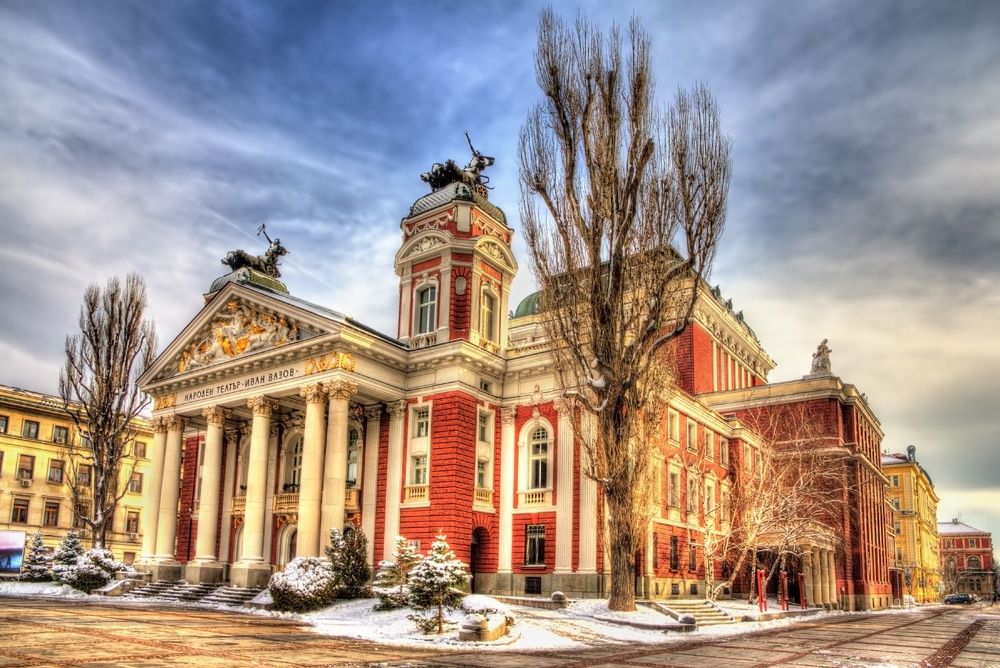
Belgrade, Serbia
Belgrade is one of the oldest cities in Europe. However, due to constant turbulence in its history, few buildings are older than 200 years. But don’t dismiss the number of interesting buildings and edifices here. A visit to Belgrade is about experiencing the city’s ambience and atmosphere. Perhaps the best example of the contrasts in Belgrade on a Serbia vacation is a visit to the Kneza Mihailova Street, a pedestrian street in the heart of the city. You will find at least Art Deco, Baroque, and Art Nouveau architecture, plus a glimpse of some not so attractive Soviet-style architecture. It is also the place to go for upscale shops, restaurants, and bars. It is always lively and great for people-watching. At the southern end of Knez Mihailova is Republic Square, which contains some of the city’s most important landmarks and a business district. The Serbian National Theatre and National Museum are here, as is the Prince Mihailo Monument (Prince of Serbia in the mid-1800s), designed by Italian sculptor Enrico Pazzi.
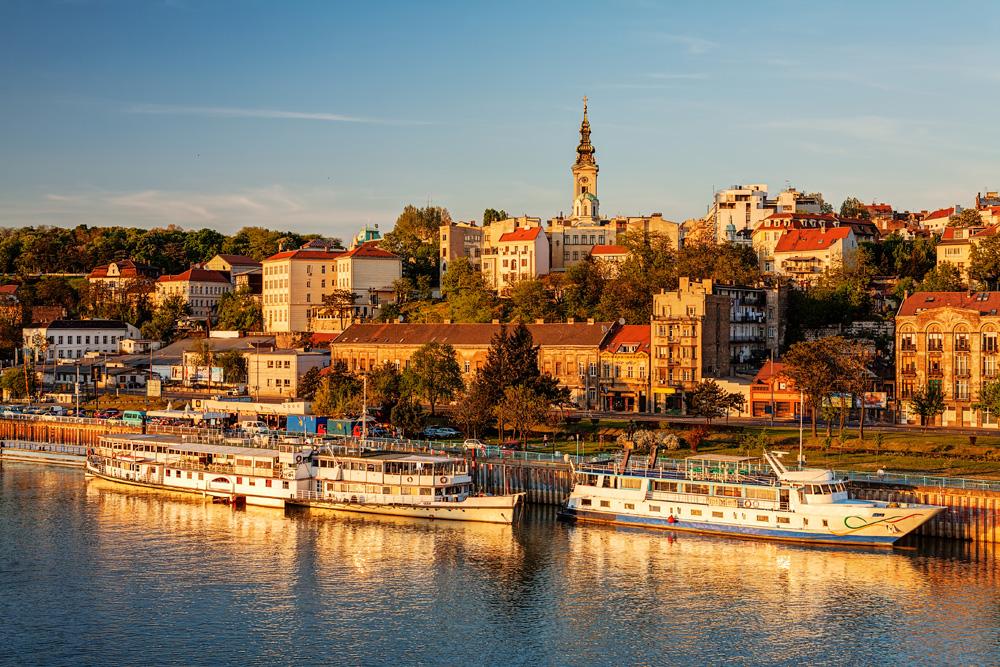
After this try Skadarlija, a car-free thoroughfare with cobblestones, Belgrade’s “Montmartre” and Bohemian quarter, which was in its heyday in the early 1900s. It was then frequented by singers, musicians, writers, and poets. The area still maintains the iron gaslights, restaurant terraces, and cafes reminiscent of that era. Today, groups playing Serbian brass or traditional music and actors dressed in traditional Serb costumes perform in the street. Restaurants offer typical national cuisine.
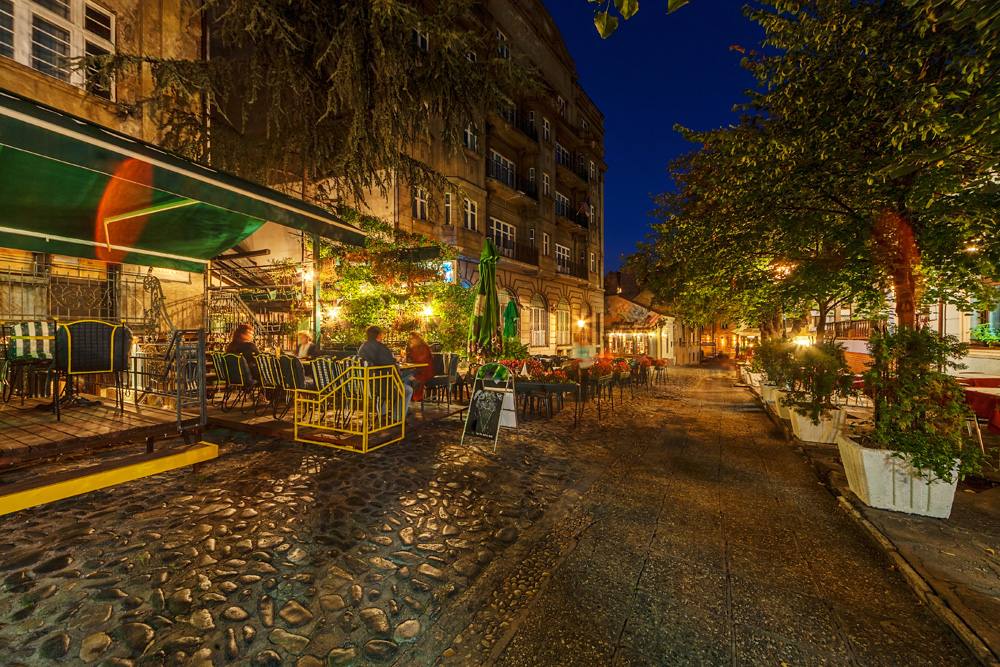
The Belgrade Fortress has been around for 200 years and is divided into two parts – the old citadel and Kalemegdan Park. Belgrade Fortress is known for its long tunnels, underground corridors, and catacombs, which are still largely unexplored. It is Belgrade’s most visited attraction and a UNESCO World Heritage site. Within the fortress complex are 2 churches, 2 art galleries, and 2 museums. The park is charming and consists of winding paths, picturesque fountains, statues, and wonderful views of the River Danube.
The Church of St Sava is the largest Orthodox Church in the Balkan region and the second largest in the world. As you approach Belgrade, you can see the church’s white granite and marble walls. At noon, the church’s 50 bells ring out across the city. This huge edifice can hold an amazing 10,000 people at any time. It also has four large galleries on the first and second floors. Another building of note is the Gardos Tower, a monument left over from the Austro-Hungarian Empire located on the banks of the River Danube. Inside is a small exhibition about the history of the neighbourhood and the tower. You can also go to the top of the tower for excellent views of the Danube.
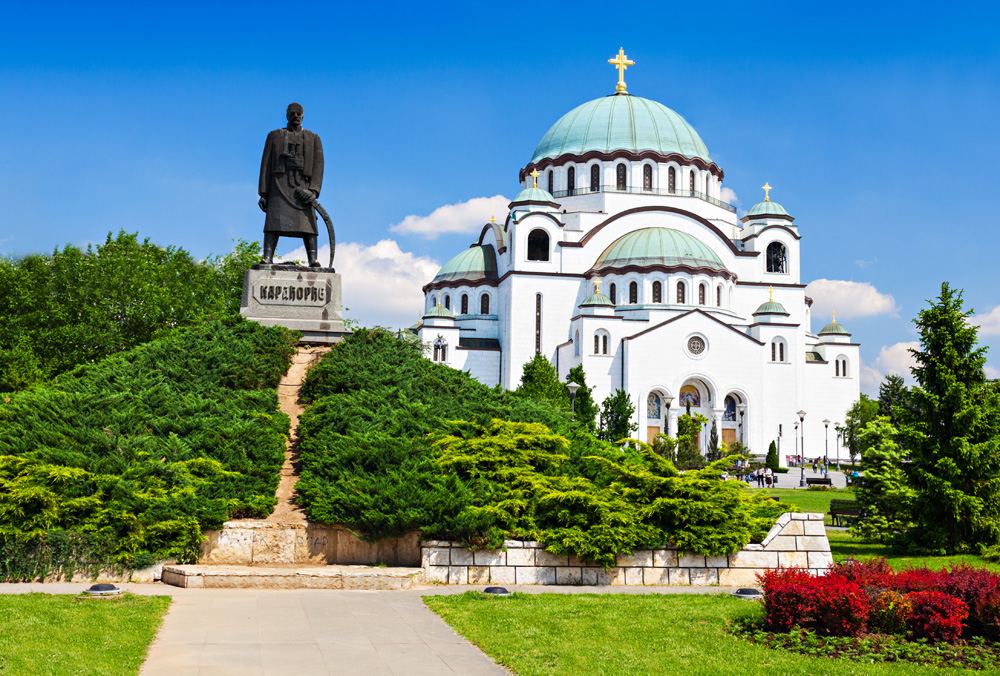
Ada Ciganlija is an island on a subsidiary of the Danube – the Sava – in the middle of the city, and is where the locals let their hair down. On any given summer’s day, Ada Ciganlija is thronged with people jogging, rowing, kayaking, playing sports or just relaxing in the greenery. The main attraction is known as “Belgrade’s Seaside,” a promenade complete with bars and restaurants. Another pastime for both locals and visitors is to board what are known as splavovi (or splav for short). These are barges and boats that are permanently moored on the Danube and Sava Rivers. They can be floating restaurants, bars, or nightclubs. No two splavovi are the same. Some are more sedate while others cater to the younger crowd. You can dance all night to live rock bands, pop, dance music, or Serbian folk music – your choice. In the summer, there’s a party on these splavovi seven days a week and you will see people making their way along the quay going from one barge to the next.
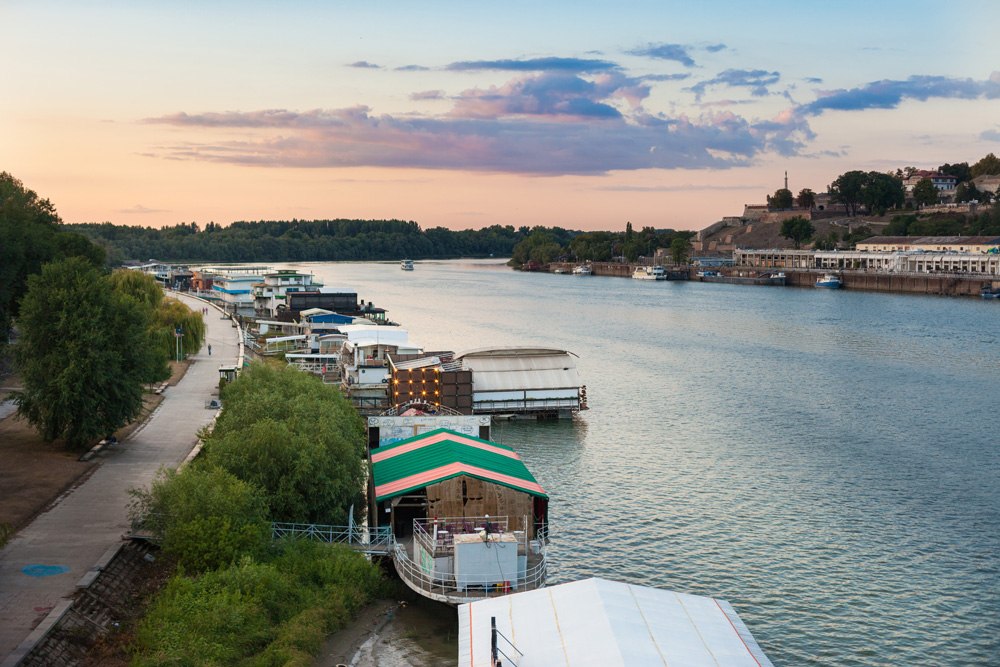
One special museum in Belgrade is the Nikola Tesla Museum, based on Nikola Tesla, the Serbian inventor (1856-1943), who not only made significant contributions to the development of electric engineering but invented the alternating electric current (AC) engine. Half of this small museum is dedicated to Tesla’s personal effects while the other half contains models of his inventions. He is considered a Serbian hero by the country and the airport in Belgrade is named after him. According to the museum, almost all your home appliances owe something to this man.
Get more travel inspiration by email.
Subscribe
0 Comments

Get the latest travel trends & hear about the best deals on vacations around the world.
If you’re a Globetrotter, these are the newsletters for you!

